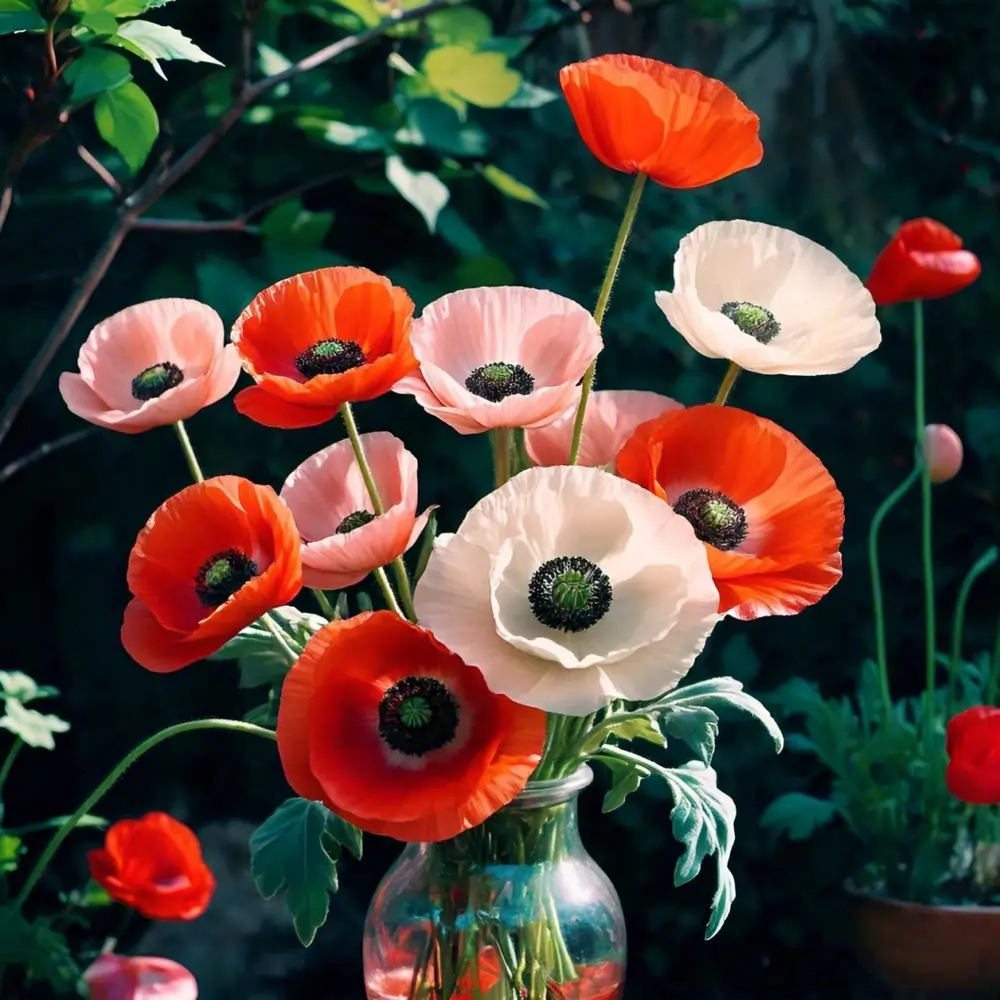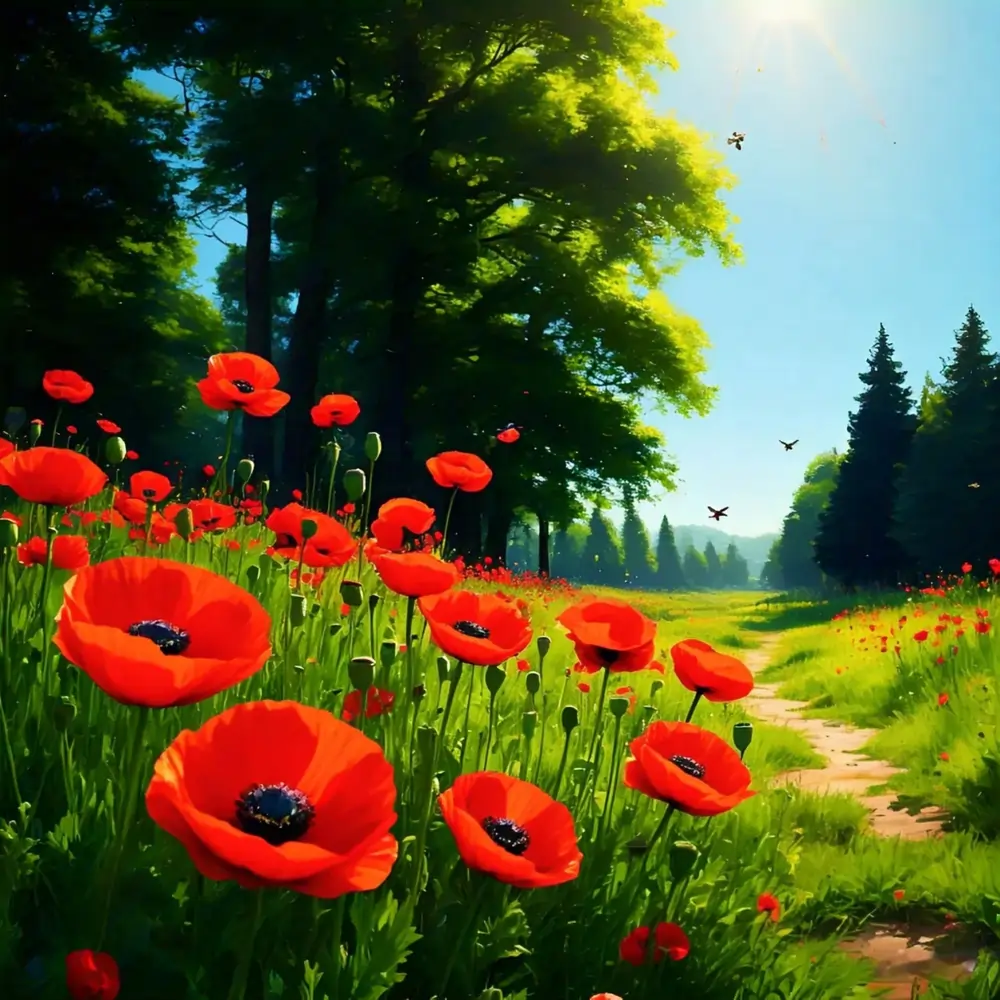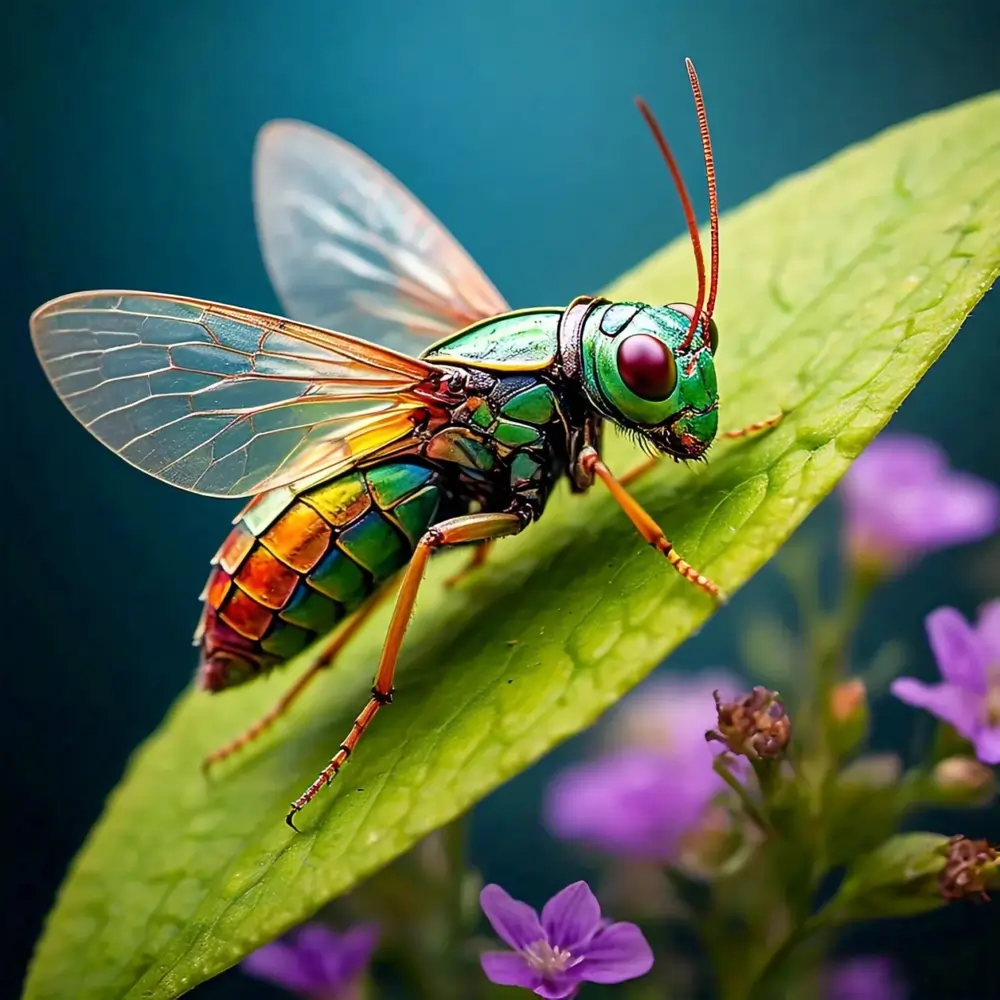Growing poppies has been a beloved garden tradition for centuries. From the vibrant California poppy to the stately Papaver orientale, these enchanting flowers bring unmatched beauty to any garden design. As a passionate gardener who’s spent years perfecting poppy cultivation, I’m excited to share my complete guide to growing these stunning blooms. Whether you’re interested in annual poppies or perennial poppies, this comprehensive guide will help you create a magnificent display.
Introduction
| Category | Key Information | Best Practices |
|---|---|---|
| Varieties | – Main types: Oriental, Iceland, California, and Papaver somniferum – Height range: From compact to 20 feet tall – Colors: Scarlet, lavender, plum, mahogany, orange, blue |
Choose varieties based on your climate zone and garden style |
| Site Requirements | – Minimum 6 hours direct sunlight – Well-draining soil – pH 6.0-7.0 – Mildly acidic soil preferred |
Test soil drainage and pH before planting |
| Planting Guidelines | – Direct sowing preferred – Soil temperature: 60°F (16°C) – Spacing: 18 inches between plants – Seed depth: 1-4 inches |
Mark planting areas and maintain proper spacing for air circulation |
| Care Requirements | – Moderate watering during establishment – Minimal fertilization needed – Regular deadheading recommended – Winter mulching for perennials |
Create a maintenance calendar based on your variety’s needs |
| Common Issues | – Poor germination – Fungal diseases – Inadequate air circulation – Winter damage |
Monitor plants regularly and address issues promptly |
| Harvesting | – Wait for brown, rattling seed pods – Handle with care due to plant chemicals – Collect seeds when fully dry – Preserve flowers for arrangements |
Keep detailed records of seed collection dates and methods |
Did you know that poppies have been cultivated for over 5,000 years, with specimens found in ancient Egyptian tombs? These captivating flowers have enchanted gardeners and artists alike throughout history. Whether you’re drawn to the delicate paper-like petals of Oriental poppies or the cheerful blooms of California poppies, growing these stunning flowers can transform your garden into a colorful paradise. I’ve spent years cultivating different poppy varieties, and I’m excited to share everything I’ve learned about helping these beautiful plants thrive.
Understanding Poppy Varieties

The world of poppy varieties is incredibly diverse, spanning from delicate wildflowers to robust garden specimens. Garden poppies come in a wealth of shades, from scarlet and lavender to plum and mahogany. The most popular varieties include the Papaver somniferum, commonly known as opium poppies (though grown purely for ornamental purposes), and the Iceland poppy, which thrives in sub-polar regions.
The California poppy, originally from Mexico through California, displays stunning orange and blue variations and is perfectly suited for a drought-tolerant poppies garden. These native poppies are ideal for creating a wildflower garden or butterfly garden. Meanwhile, Papaver orientale varieties can grow up to 20 feet tall and produce spectacular spring blooms.
Each variety has distinct characteristics that make them suitable for different garden borders and conditions. Some are perfect for a cut flower garden, while others excel in a traditional English cottage garden setting.
Site Selection and Soil Preparation

Successful poppy cultivation starts with proper site selection and soil preparation. These full sun flowers require at least 6 hours of direct sunlight daily. When it comes to garden soil, poppies prefer mildly acidic soils with excellent drainage requirements.
The poppy soil requirements aren’t overly demanding, but they do need well-draining soil. Most varieties thrive in soils that have a pH between 6.0 and 7.0. Before spring planting or fall planting, prepare the soil by incorporating organic matter to improve drainage and fertility.
Consider companion plants when planning your garden layout. Poppies work well with other pollinator garden favorites like lavender and peach-colored yarrow. This combination not only creates stunning flower arrangements but also supports beneficial insects.
Planting Poppies for Success

The key to successful poppy germination lies in proper timing and technique. For most varieties, direct sowing is preferred over transplanting poppies. Seeds should be sown when soil temperatures reach about 60°F (16°C).
Some varieties require cold stratification before planting. This process involves exposing seeds to cold temperatures for several weeks to simulate winter conditions. For self-seeding poppies, allow spent flowers to drop their seeds naturally for next season’s blooms.
When it comes to plant spacing, most varieties should be spaced about 18 inches wide with green foliage between plants. Seeds should be planted just 1 to 4 inches across the soil surface, as they need light to germinate.
Essential Care and Maintenance

Proper flower maintenance is crucial for healthy, blooming poppies. Watering needs vary by variety, but most poppies prefer consistent moisture during their establishment period. However, mature plants are quite drought-tolerant.
Fertilizer requirements are minimal for most varieties. A light application of balanced fertilizer in spring is usually sufficient. Regular flower deadheading encourages plants to produce more flowers and extends the flowering period.
Winter care varies depending on whether you’re growing annuals or perennials. Perennial varieties benefit from mulching techniques applied after the ground freezes to protect roots during winter.
Common Problems and Solutions

Effective pest control and maintaining good disease resistance are essential for healthy poppies. Common issues include fungal diseases in areas with poor air circulation. Watch for signs of botrytis, especially during wet periods.
Poor germination can often be addressed by ensuring proper planting depth and soil temperature. Most poppy propagation problems can be solved by following proper timing and technique for your climate zone.
Harvesting and Using Poppies
For seed collection and seed saving, wait until seed pods turn brown and rattle when shaken. Flower preservation techniques vary, but poppies can make stunning dried specimens for winter arrangements.
When collecting seeds, always handle plants with care and be aware that some varieties contain unpleasant plant chemicals. Practice proper flower preservation techniques to enjoy your blooms long after their bloom time has passed.
Conclusion
Growing poppies can be incredibly rewarding when you understand their specific needs and requirements. By following the guidelines we’ve covered, you’ll be well on your way to enjoying these magnificent flowers in your garden. Remember that patience and observation are key – poppies have their own rhythm of growth, and learning to work with their natural cycles will lead to the best results. Ready to start your poppy-growing journey? Begin with one variety and expand your collection as you gain confidence!
FAQs
What are the different flower colors available for growing poppies?
Poppies come in an array of flower colors that can brighten any garden. From the classic red reminiscent of the symbolic Flanders poppy to vibrant oranges, soothing purples, and even pristine whites, these summer flowers offer a stunning display. Gardeners can choose a spectrum ranging from the familiar red poppies to yellow, purple, and even multicolored varieties, making them a versatile choice for any landscape.
How can garden planning enhance the growth of poppies?
Effective garden planning is essential for cultivating healthy poppies. Consider the USDA zones 3-7 and USDA zones 4-9 where poppies thrive best, as they require well-drained soil and full sun. Incorporating poppies into your landscape design can maximize their visual impact, allowing them to complement other summer flowers. Plan your garden layout so that poppies are positioned in areas with optimal sunlight and space, as they can spread to 18 inches wide.
What is the best poppy care guide for beginners?
For newcomers to poppy care, it’s important to start with the basics. Ensure that the soil is well-drained and enriched with organic matter. Poppies are drought-tolerant, so be cautious not to overwater. Water them sparingly, allowing the soil to dry out between waterings. Regularly deadhead spent flowers to encourage new blooms. Additionally, ensure they’re not overshadowed by taller plants, as poppies thrive best in full sunlight.
How do animal interactions affect poppies?
Animal interactions can significantly influence the growth and spread of poppies. In northern regions of Europe, animals like deer and rabbits often graze on the stalks and can be 1 deterrent to their growth. This interaction can be likened to an “arms race,” where plants develop defenses, such as toxic flowers and pods, to deter herbivores.
Poppies are originally from Mesopotamia and have a rich history of poppies being mentioned in literature from the days of Gilgamesh. The genus once used in ancient trade saw seeds being both traded and taxed, indicating their value. Jacqueline Soule, a writer from Denver, highlights how poppies fit right into various design aesthetics, from corn fields to Poppies Restaurant walls.
The vibrant colors of stylophorum range from the red spectrum to yellow, enhancing the parade of poppies in landscapes. In western gardens, where poppies will parade, they perform well in soils dripping with poppies, spreading to 18 inches in diameter, creating a mesmerizing sight. Certain types, like the Death Valley Poppy, thrive in challenging conditions.
These plants, with blooms as small as a thimble or larger, have an enduring appeal. In their wild habitats, warriors hacked away at intruding plants to protect them. They are all considered symbols of resilience and beauty. Indeed, poppies are mentioned in various cultural contexts, reflecting their enduring allure.

Comments are closed.